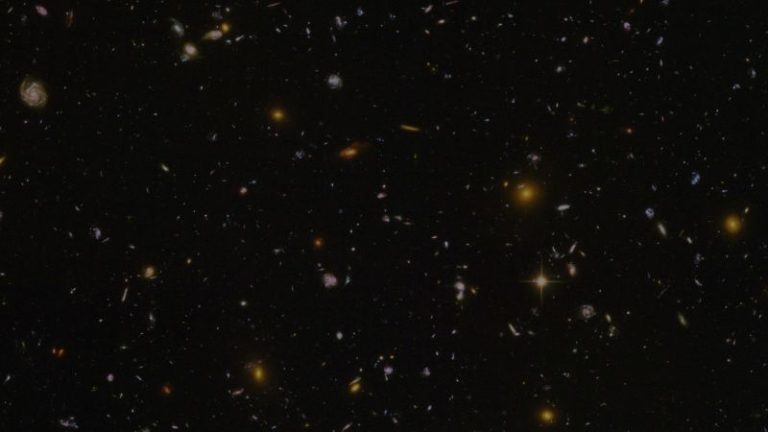The world will have to wait at least another week before the highly anticipated first crewed mission of Boeing’s Starliner spacecraft.
The launch was expected on May 17 after a previous delay, but teams found a small helium leak in the service module of the spacecraft, according to a release from Boeing. Starliner teams traced the leak to a flange on a single reaction control system thruster, where helium is used to allow the thrusters to fire.
“The teams now are targeting a launch date of no earlier than 4:43 p.m. EDT on Tuesday, May 21, to complete additional testing,” the release said.
This mission, dubbed the Crew Flight Test, could be the final major milestone before NASA deems Boeing’s spacecraft ready for routine operations as part of the federal agency’s Commercial Crew Program.
Both Boeing and NASA are developing tests and solutions for the leak, the release said. Boeing plans to bring the propulsion system to the flight pressurization it would reach just before launch and then allow the helium system to naturally vent.
A review of the data from a May 6 launch attempt has not shown any other issues, Boeing said.
The NASA astronauts set to crew the mission for a weeklong stay at the International Space Station, Suni Williams and Butch Wilmore, have been in preflight quarantine but returned to Houston on May 10 to spend time with their families during the operations preflight, Boeing said.
Williams and Wilmore will fly back to NASA’s Kennedy Space Center in Florida in the coming days, according to the release.
Boeing aims to make history
The occasion is a decade in the making — the culmination of Boeing’s efforts to develop a spacecraft worthy of ferrying astronauts to and from the International Space Station under NASA’s commercial program.
The launch would mark only the sixth maiden voyage of a crewed spacecraft in US history, NASA Administrator Bill Nelson noted in a news conference earlier this month.
“It started with Mercury, then with Gemini, then with Apollo, the space shuttle, then (SpaceX’s) Dragon — and now Starliner,” he said.
Boeing designed the Starliner to rival SpaceX’s prolific Crew Dragon capsule and would join in NASA’s push to collaborate with private industry partners, expanding US options for ferrying astronauts to the International Space Station.
On board, Williams will also make history as the first woman to join on such a mission.
A slowed start
Development hang-ups, test flight problems and other costly setbacks have slowed Starliner’s path to the launchpad. Meanwhile, Boeing’s rival under NASA’s commercial crew program — SpaceX — has become the go-to transportation provider for the space agency’s astronauts.
The launch was scheduled for May 6, with Williams and Wilmore already in their seats aboard the Starliner capsule when engineers found an issue and halted the launch.
The United Launch Alliance team, which builds the Atlas V rocket, identified a pressure regulation valve on a liquid oxygen tank that needed replacing. The valve has since been replaced, but the new issue with the helium leak on the Boeing spacecraft that sits atop the rocket is causing further delay.
If the spacecraft does launch next week as planned, it and the astronauts inside will break away from the Atlas V rocket after reaching orbit and begin firing its own engines. The Starliner will likely spend more than 24 hours gradually making its way to the space station.
Williams and Wilmore are set to spend about a week aboard the orbiting laboratory, joining the seven astronauts and cosmonauts already on board, while the Starliner remains docked outside.
The two will then return home aboard the same Starliner capsule, which is expected to parachute to a landing at one of several designated locations across the southwestern United States.

